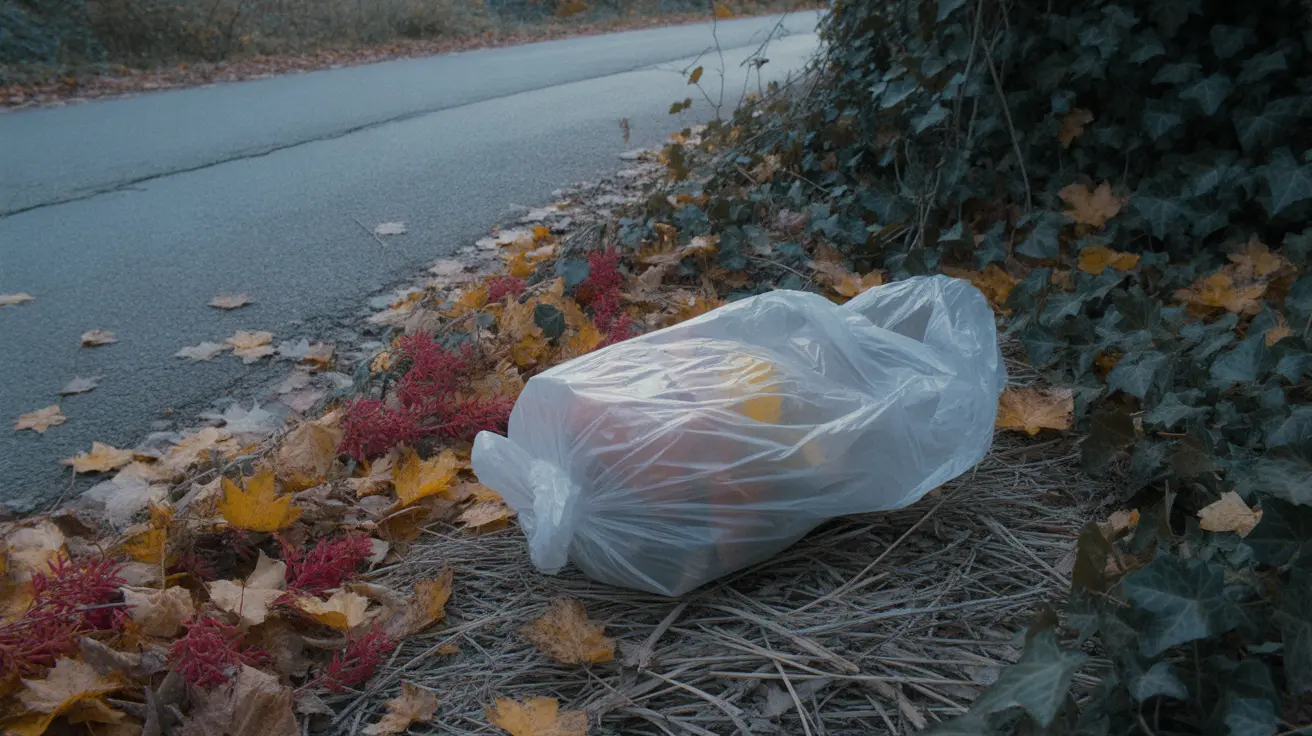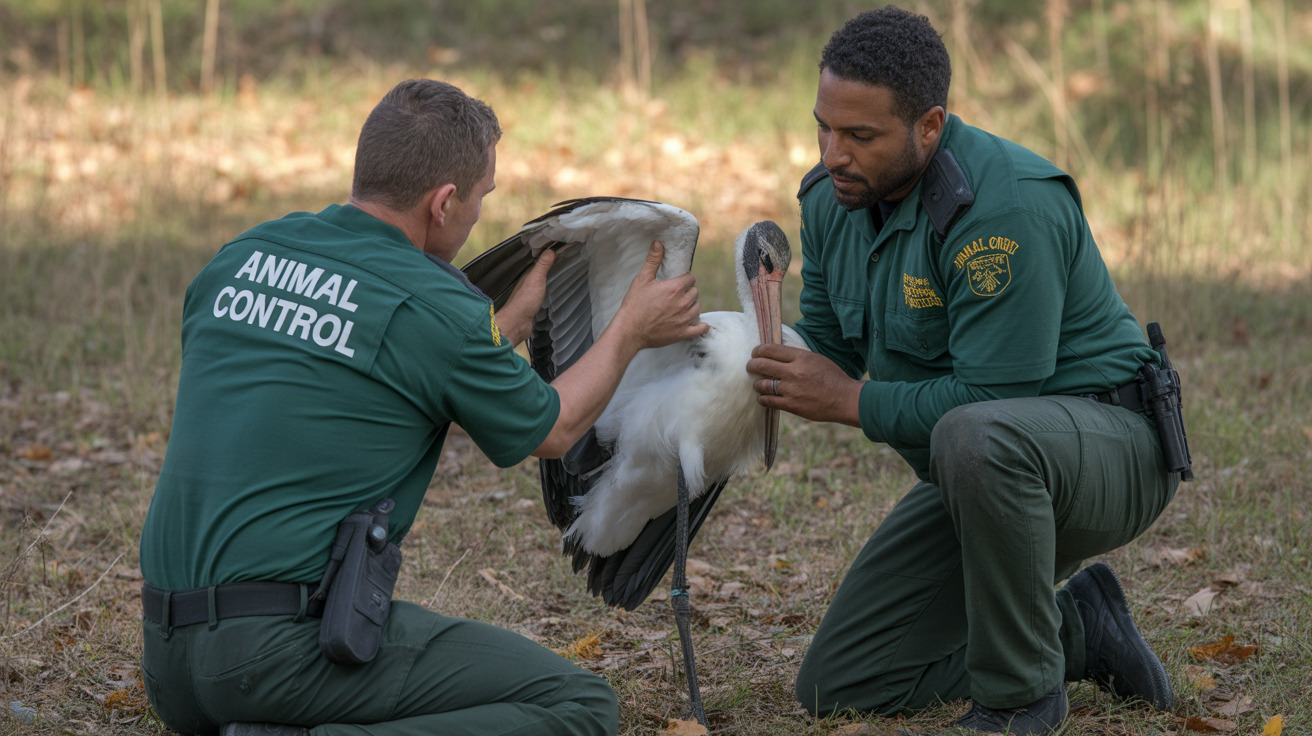Understanding Onion Toxicity in Dogs: How Much is Too Much?
Onion toxicity in dogs is a serious concern and can have dire health consequences if not addressed promptly. Even small amounts of onion can be dangerous, and pet owners must understand how much is too much to ensure their canine companions remain safe. This article explores the specifics of onion toxicity, symptoms to watch for, and how to prevent accidental ingestion.
Why Onions are Toxic to Dogs
Onions, along with other members of the Allium family such as garlic, leeks, shallots, and chives, contain a compound called N-propyl disulfide. This substance damages a dog’s red blood cells, leading to hemolysis, or the rupture and destruction of these cells. The resulting condition, hemolytic anemia, reduces the oxygen supply throughout the body and can be life-threatening.
Toxic Dose of Onion for Dogs
The general toxic dose of onion is approximately 0.5% of a dog’s body weight. Let’s break that down specifically for a 70lb dog:
- 0.5% of 70 pounds = 0.35 pounds
- 0.35 pounds = 5.6 ounces of onion
This means that consuming as little as 5–6 ounces of onion (raw, cooked, powdered, or dried) could lead to toxic effects in a 70lb dog. Garlic and onion powders are even more dangerous due to their concentrated forms.
Forms of Onion That Are Toxic
All parts and forms of onion are toxic to dogs, including:
- Raw onion bulbs
- Cooked or sautéed onions
- Dehydrated onion flakes or powder
- Onion-containing foods, such as soups, casseroles, or meatloaf
- Leftovers and commercial foods with onion ingredients
Processing, cooking, or drying does not neutralize the toxic compounds in onions.
Breeds More Susceptible to Onion Toxicity
Certain breeds are genetically more sensitive to onion toxicity. These include:
- Akitas
- Shiba Inus
These breeds appear to have red blood cells that are more reactive to oxidative damage, making them more susceptible even to smaller doses.
Common Symptoms of Onion Toxicity in Dogs
Symptoms can appear within hours to a few days after ingestion, and may include:
- Vomiting and diarrhea
- Lack of appetite
- Lethargy and weakness
- Pale or yellow gums
- Increased heart rate and labored breathing
- Red or brown urine
- Drooling or collapse
- Uncoordinated movements or fainting
What to Do If Your Dog Eats Onion
If you believe your dog has eaten onion, take the following steps:
- Do not induce vomiting unless instructed by a veterinarian.
- Contact your veterinarian or an emergency clinic immediately.
- Provide information about the type of onion, amount consumed, and time of ingestion.
- Watch your dog for signs of distress and document any symptoms.
Resources for immediate help include:
- ASPCA Animal Poison Control Center: 1-888-426-4435
- Pet Poison Helpline: 1-855-764-7661
Treatment of Onion Toxicity
Treatment may range from inducing vomiting to full hospitalization depending on severity. Possible treatments include:
- Intravenous fluids
- Oxygen therapy
- Monitoring of blood levels
- Blood transfusion in severe cases
Preventing Onion Poisoning in Dogs
Prevention is the best approach:
- Do not feed your dog leftovers or human food containing onion or Allium ingredients.
- Store onions and onion-based products safely and out of reach.
- Fence off gardens that grow onions, leeks, or garlic.
- Read labels of any prepared or commercial foods before sharing them with your dog.
- Educate household members and visitors not to feed your dog without checking for pet-safe ingredients.
Safe Alternatives
Certain vegetables are dog-friendly and can be given as occasional treats:
- Carrots
- Green beans
- Pumpkin
- Peas
- Cucumbers
Always consult your vet before introducing new foods to your dog’s diet.
Conclusion
A 70lb dog can experience harmful effects from just 5 to 6 ounces of onion. Onion toxicity causes potentially fatal anemia and other health issues. Educate yourself and others, and keep all onion products safely out of reach. Be proactive and vigilant—your dog’s health could depend on it.





